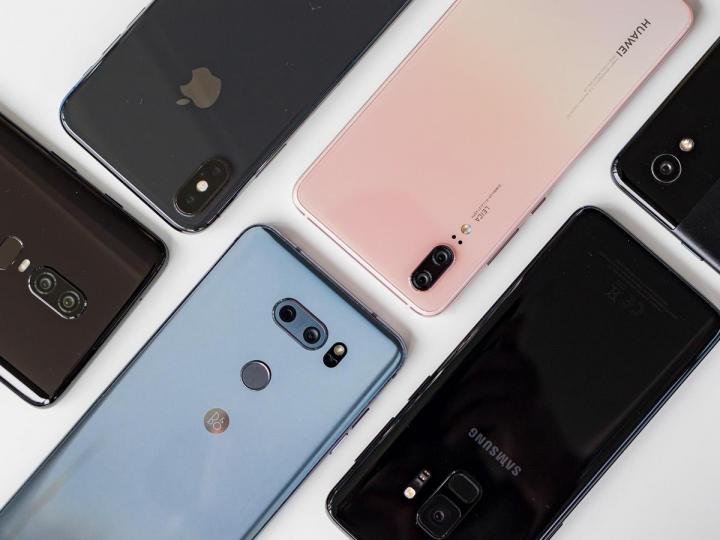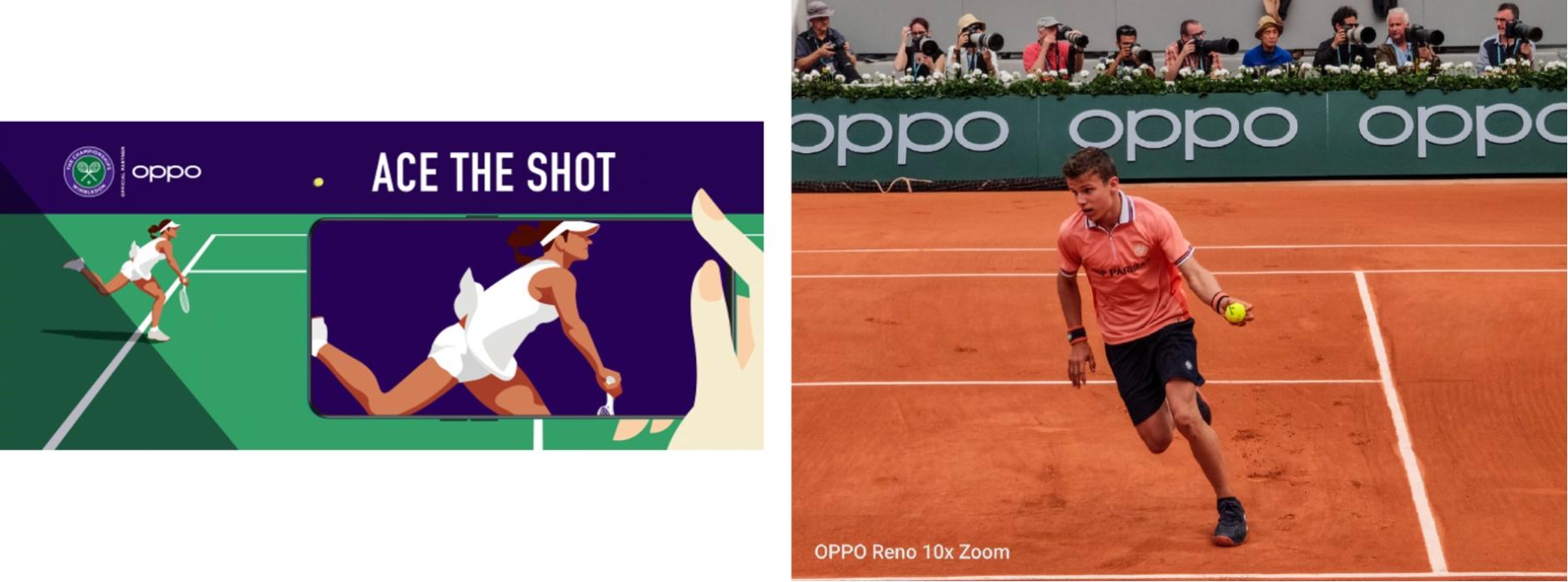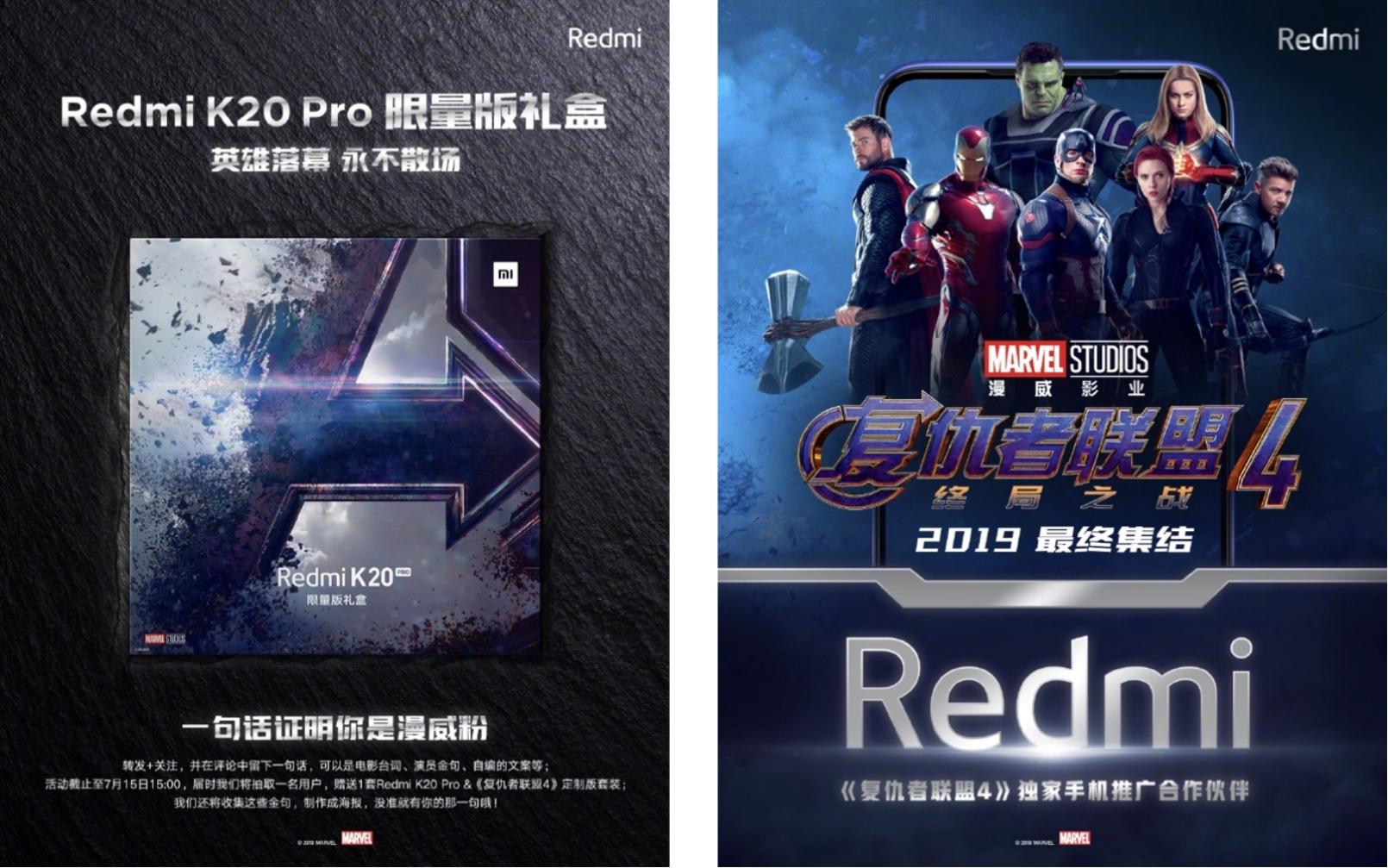

In the information age we live in today, marketing strategies are plentiful and diverse. Today, brands often leverage the convenience and reach of the internet to communicate their messages to consumers. On the other hand, there is also a tendency for information overload to occur, causing consumer to have the attention span to only notice the trending. As a result, many brands are all utilizing trending topics as a marketing strategy to increase traffic and awareness, enhance user stickiness to a particular product or service and to strengthen visibility and namesake.
In recent years, the smartphone industry in China has grown fierce and competitive. With the increased quality in hardware and mobile computing power, the chance for a user to switch phone brand simultaneously decreases. It is also more difficult than ever to differentiate smartphones based on their functionalities. Therefore, brands have been looking for ways in their branding and marketing strategies to capture the attention of the public.
On the eve of Children’s Day, Huawei released its mini-movie Wukong. The film follows a little boy’s journey to fulfil his Wukong dream, taking the audience to go onto this adventurous trip with him. The special film was especially made for Children’s Day on June 1st and became an instant internet hit, gaining momentum especially on WeChat. Here are some of internet netizens reactions:
“This is greatest gift for Children’s Day!”
“May you leave for a lifetime and still return as youth. Go Huawei, Go China!”
The film, which doesn’t exceed 8 minutes, is shot with a Huawei P30 Pro. As China’s unique national treasure, or even intellectual property, the monkey Wukong from the Chinese classical novel Journey to the West is a beloved character who many children looked up to as a hero. The monkey’s courage masked under a cheeky rebellious personality has created a lot of treasured memories with the children, but at the same time triggered a sense of nostalgia in adults.
Huawei’s Children’s Day campaign is an ingenious brand move. For the festival, the brand not only attracted the attention of many, but most importantly, was able to leverage a nationally beloved character to create a unique emotional resonance in the form of a mini-movie that is hard to replicate otherwise. At the same time, the move also worked to promote the prowess of the P30’s camera. But instead of telling you the functional benefits of the phone and camera, it “sold” the product through an alternative creative expression and by telling an emotionally-resonant story without ever hard-selling the audience.

Image source: Sohu
On May 15th, Oppo officially unveiled its partnership with Roland Garros, one of the four annual Grand Slam events which was held in Paris on red clay. Oppo’s aggressive foray into the tennis world happened just 2 weeks after it had announced its global partnership with the Wimbledon Championships, one of the oldest and most prestigious tennis events, as the tournament’s first commercial partner from Asia in its history.
Since its conception, Oppo as a brand has always been steadfast on maintaining a meaningful conversion with its young audience. Its sleek design, powerful video and audio functions made it a well-received brand among millennials in China, especially for young women. Since sports events are predominantly viewed by male audience, Oppo’s marketing strategy with the decision to increase its visibility in the sports industry would no doubt reverse this trend and attract more foreign and local young male consumers.
As per their agreement, Oppo and Roland Garros’ partnership would entail collaborations in many aspects of the tennis tournament, including brand morale concepts, video production and shared product experience. Most notably, Oppo’s cameras featured on its phones Find X and Reno have been used by the tournament to capture special moments in between matches, and subsequently gathered and showcased as an exhibition in one of its stadiums.

Image source: official Weibo of OPPO(left); ONSITECLUB(right)
For Oppo, becoming a major sponsor of a sporting event is a good start to expand into the international market, raise brand awareness and establish a good corporate image. For Roland Garros, this partnership, defined by cutting-edge technological innovation, will enable more youngsters in China to further be exposed to the sport and to pay attention to more sporting events in general.
Coincidentally, Oppo’s frenemy VIVO had also tapped into the sports market. In the 2018 Russia World Cup, it became the first professional smartphone enterprise to become a World Cup major sponsor. The 2 brands, in this sense, may seem more similar than different with not only the same target users aimed at the mass, but also a similar marketing strategy.
Just a while ago, Avengers: Endgame was officially released in China and it earned a staggering RMB4 billion at the box office. The chapter in this Marvel saga acted as a perfect closure, broke two Guinness World Records and surely became a sensation in popular culture.
Redmi, a sub-brand owned by Xiaomi introduced as a budget smartphone line, utilized the popular Marvel IP to become the only smartphone sponsor of Avengers 4. This partnership allowed Redmi to maintain high relevance and brand awareness on the market.

Image source: Official Weibo of Redmi
Xiaomi is also very willing to invest its branding in the variety show category. In 2017, Xiaomi spent RMB140 million on the talk show U Can U Bibi. Using trendy design and funny sound effects, the show is a fresh debate competition where Chinese celebrities and showbiz newcomers discuss contemporary and social issues. The company’s CEO Lei Jun even made a personal appearance on the show, becoming the “male god” special guest on one of its episodes.
From a branding perspective, Xiaomi’s core vision is to continue to explore the notion of “born for a fever.” Xiaomi has long been known for its open and young image, and its target users are such youngsters in China. As a youthful and innovative variety itself, U Can U Bibi is a show that leads the pack with the aura of the original variety show in China. Its diverse content and interesting debates about social issues made in an instant popular hit among youngers. The host Ma Dongyuan’s unique personality also attracts the attention of the audience. Xiaomi’s move to partner with the variety show is a natural fit as it perfectly aligns with the smartphone company’s brand values and image.
The marketing methods and branding strategies of smartphones at home and abroad are often different. For example, Apple focuses its company’s products on its quarterly press conferences. Rather than frequently releasing new products throughout the calendar year, this “time lag” makes every release like a cultural event where the brand’s loyal fans can finally be satisfied with new Apple products and features. On the other hand, Samsung is more inclined to use price and channel strategies to increase market share. Compared with the marketing methods of these foreign brands, domestic smartphone brands seem more interesting and diversified. The biggest difference is the utilization of new media such as Weibo in the promotion of brand activities. Branding moves are always incorporated into the social context the consumers inhabit and enjoy, and the obvious sales purpose explicit promotion of the product are often avoided or hidden. Of course, one method is not strictly superior than the other. In contrast, both methods can be complementary. By learning the strengths of each other, there’s a lot of room for development and the opportunity to leverage the significance of different marketing methods for both sides.
“If you stand beside a typhoon, even pigs can fly.” Xiaomi’s CEO Lei Jun is the spokesperson of the “Flying Pig Theory.” He believes that the key to success is to leverage the direction of the wind and take advantage of the latest trends.
This strategy of marketing with the latest trends, in essence, leverages our innate tendency to chase after the mainstream. But to successfully use this method, it can’t be just about blindly chasing the hot topics to capture attention. Hot topics, by definition, are ephemeral. Once it is over, the public is on the search for the next trendy subject. What brands need to consider is how well does the brand align with the hot topics: What is the perfect timing to jump on this trend? How does this create novelty that will truly surprise the audience? If this spirit of innovation is mastered, it could help the brand to establish a good corporate image and improve the reputation of the brand in the process.
Only through this way then the brand can stand in a unique position to challenge the status quo of traditional branding strategies. Fly high and far when the wind comes, and still stay strong when the wind ceases.
A Labbrand Group Company © 2005-2024 Labbrand All rights reserved
沪ICP备17001253号-3* Will be used in accordance with our Privacy Policy
To improve your experience, we use cookies to provide social media features, offer you content that targets your particular interests, and analyse the performance of our advertising campaigns. By clicking on “Accept” you consent to all cookies. You also have the option to click “Reject” to limit the use of certain types of cookies. Please be aware that rejecting cookies may affect your website browsing experience and limit the use of some personalised features.